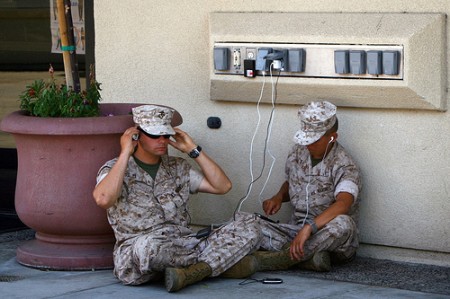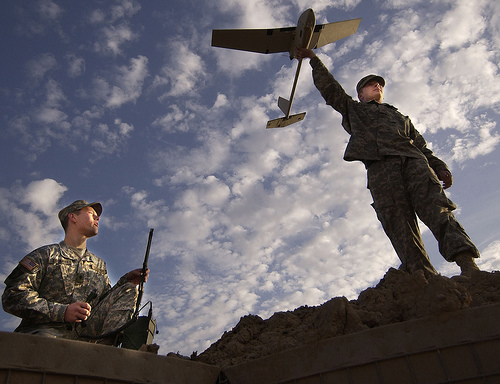
Since US President Obama was elected, the far right has embraced radical fringe movements that do little to hide their desire to expound revolution in the US. A recent article, Oath Keepers and the Age of Treason has brought attention to the activities of armed militia groups in the US.
Militias have always been part of the American landscape, well before the American Revolution, where they played a decisive role in the US gaining its independence. Contemporary militia movements like the Oath Keepers regularly draw on this association as a source of legitimacy (as the “true keepers of liberty”) and as a justification for their rejection of the federal government in general and the Obama administration in particular.
What is striking is that these armed militias are confident enough to publicly describe their recruitment, training and mobilization activities and to express their hostile intentions toward the US government. In fact, it is in the realm of public activities that the perception and tolerance of these groups is a change from the past. Oath Keepers receive local support from the Tea Party-movement, which, in turn, enjoys support at the national level from state governors, congressmen and senators, as well as regular coverage by the mainstream media.
This is a telling reflection of the political imbalance in the US. While ordinary citizens protesting the war in Iraq were allegedly investigated and harassed by the police and the CIA, right-wing armed militia groups (made up of former military and policemen) can verbally attack the president, the federal government, and call for rebellion; all with the implicit (and in some cases explicit) support of public figures and political leaders. Analysts who dismiss the contradiction as “just national politics” or as the far right’s “desperate” search for voter support in populist movements may be underestimating the depth of the political divide in America.




